
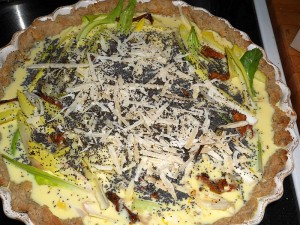
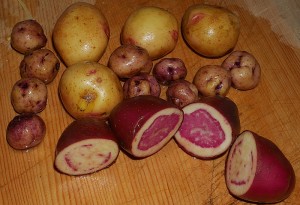



There are still many undiscovered (in the west) perennial edibles in the Far East. I’m therefore now concentrating mainly on that area in this quest. This spring I will travel for 3 weeks in Japan as part of this work. Another “country” with a rich diversity of food plants is Korea. With help from my Norwegian / Korean friend Misoni Sandvik whom I mention in my book, and who is on her own quest to find and grow wild herbs she remembers foraging when she was a child in South Korea, I’ve received two books from Korea today entitled “The Wild Greens of Korea” and “The Medicinal Herb of Korea”. There’s often a diffuse boundary between food and medicine in Korea, so the second book is also relevant, including plants like Aralia cordata (Udo)!
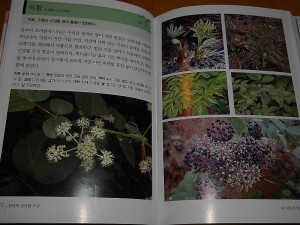
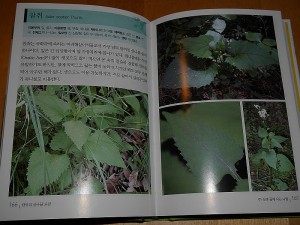
Feeling tired but good having worked hard for several hours with my bow saw and axe coppicing this Hazel. A surprising amount of wood on a tree like this. It was probably 15 years ago I did this last… The green bush below the Hazel is a box (Buxus) which is probably 25 years old!
Added a few more pictures today, worked about an hour sorting the wood into different piles: firewood, tops for peas to climb into, long runner bean stakes and the rest which will be piled up in the garden for wildlife…. It always amazes me how little effort it is in my relatively cold climate to cut enough wood by hand for firewood…
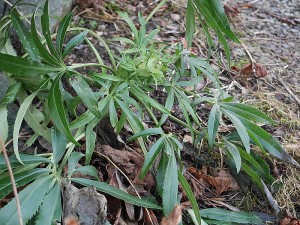
A lot of the snow disappeared from the garden over the last week with temperatures mainly on the plus side and we thankfully missed the worst of the winds on Friday night when a lot of damage was caused elsewhere along the Norwegian coast in a major storm “Tor” in which record wind speeds were recorded on the outer coast. A light snowfall this morning and the sun appeared. A working day in the garden coppicing a Hazel tree… A little sign of spring too with a Christmas Rose about to flower! 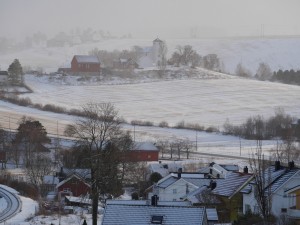
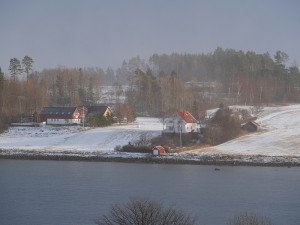


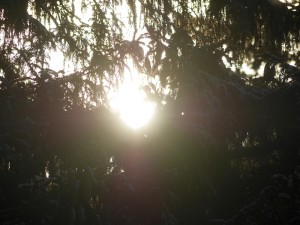
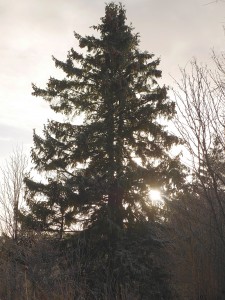
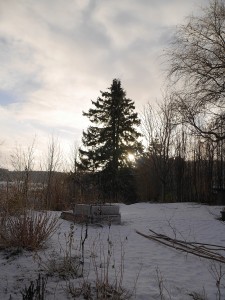
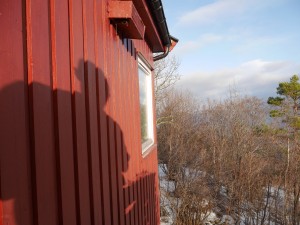
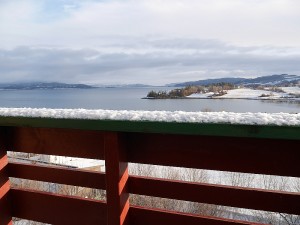
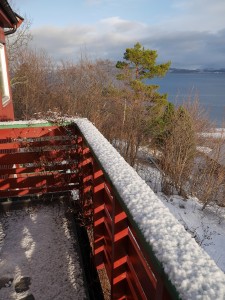
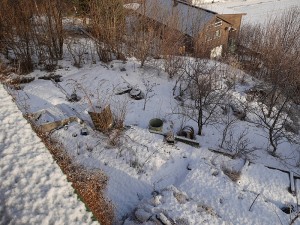
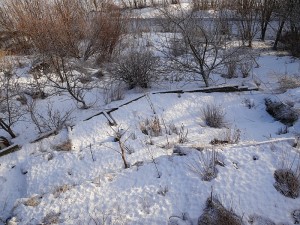
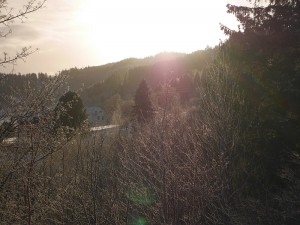
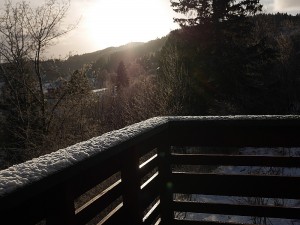
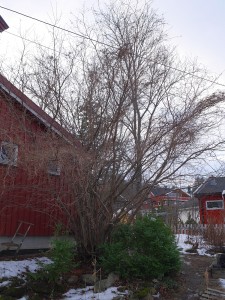
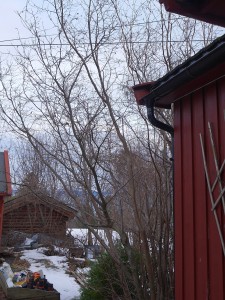
I moved 10 buckets of roots and stratifying seeds of edible perennials for sprouting and eating before the spring greens come on tap…filling the hungry gap. These have all been outside exposed to the cold since November.
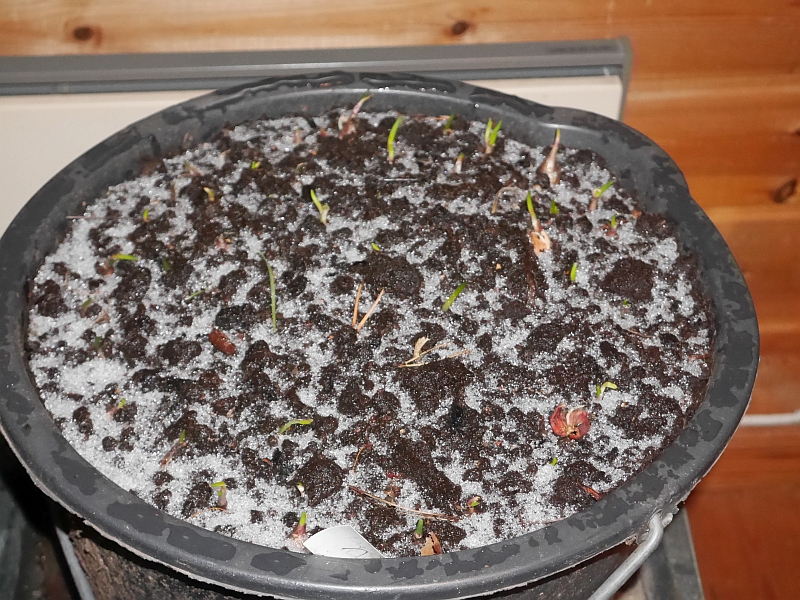
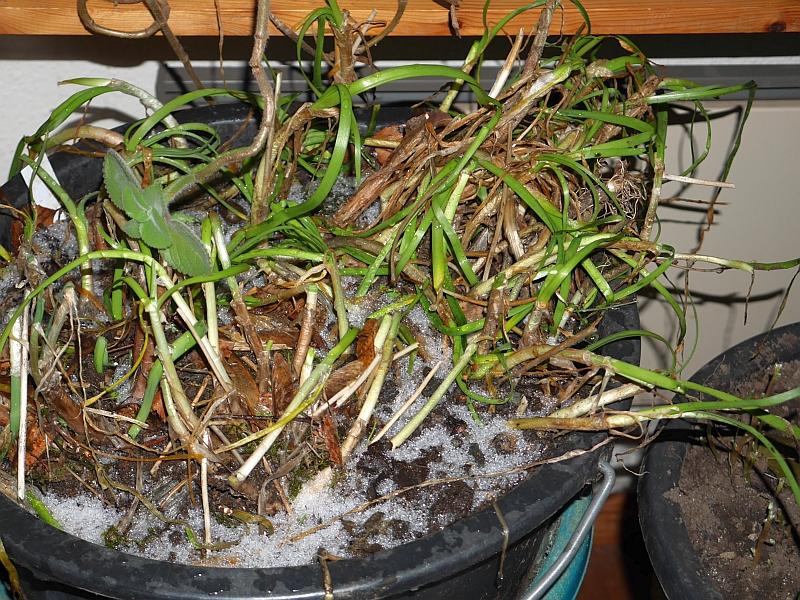
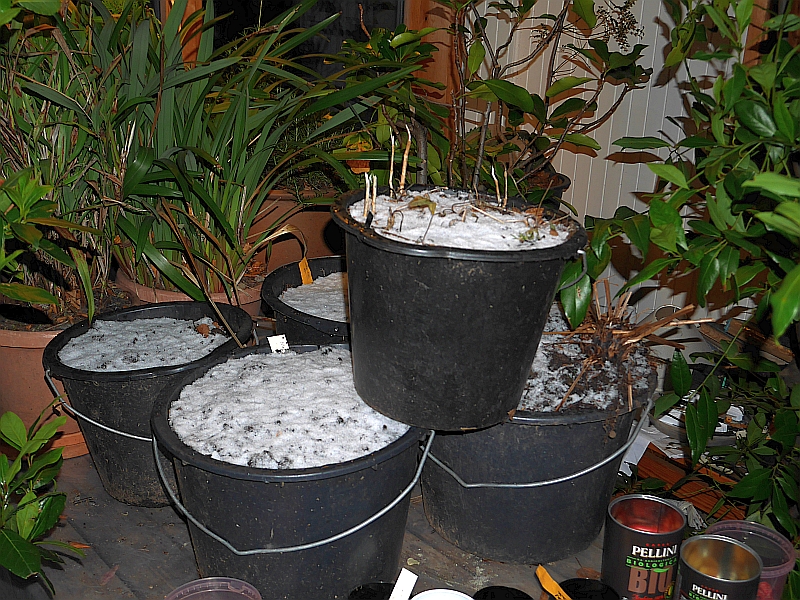
Bear Spinach (Hablitzia tamnoides)?
Well, my friend William Whitson in Washington State recently reported “I finally had a couple of plants withstand our typical 2.5m of rain winters. They started sprouting again in January. Then a bear dug them up and ate them. No kidding.” ;)
Hence, I’ve renamed it Bear Spinach….Bears in its homeland in the Caucasus surely feast on it too in the spring. Ramsons or Allium ursinum is known as Bärlauch or bear onion in German as bears are known to eat it in spring and if you eat ramsons you’ll become as strong as a bear. I’m sure Hablitzia has the same effect!
Anyway, my plant reappeared from under deep snow this week and the roots are probably fully frozen as a result of the previous very cold, dry and snowless period. It clearly doesn’t mind this treatment :)